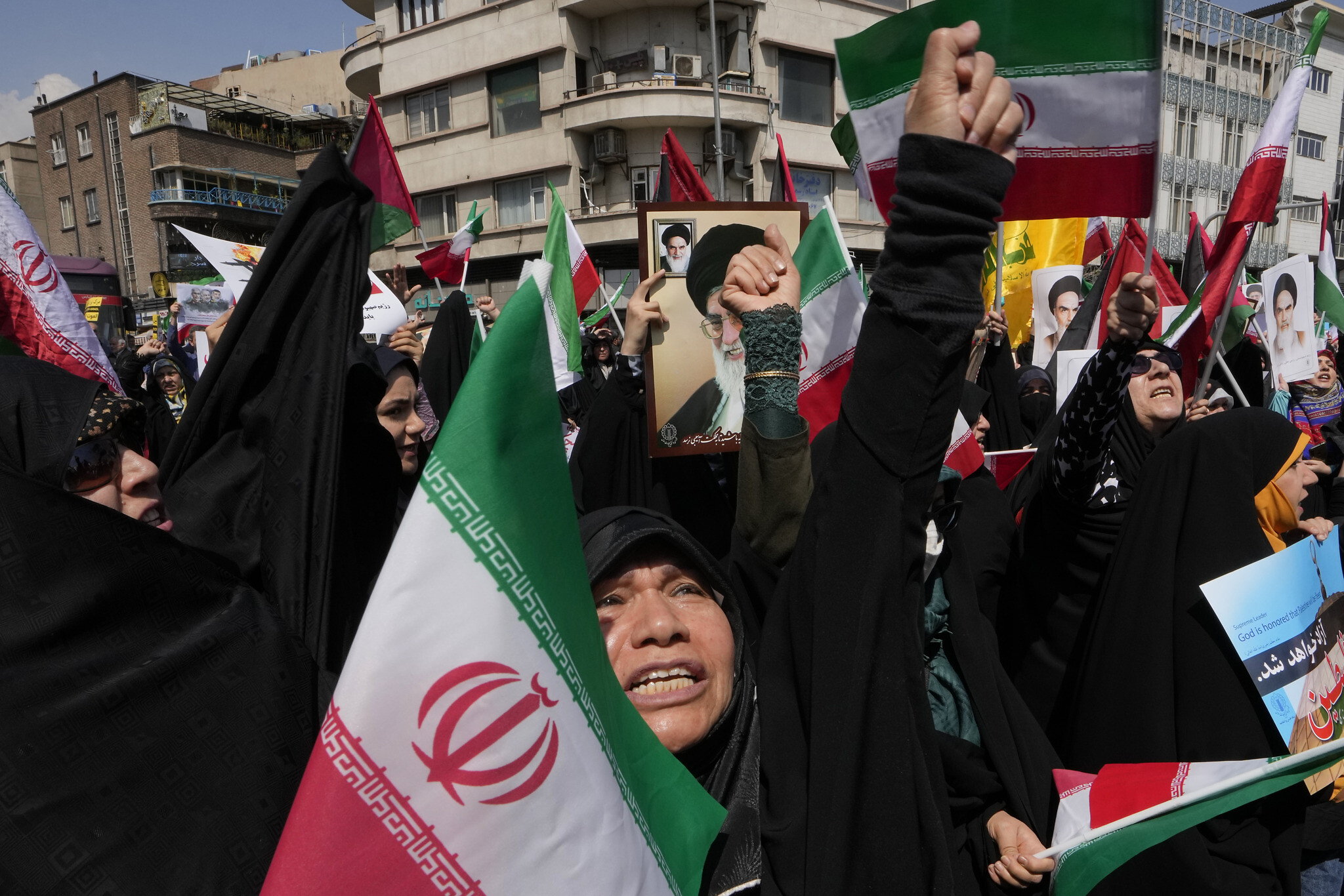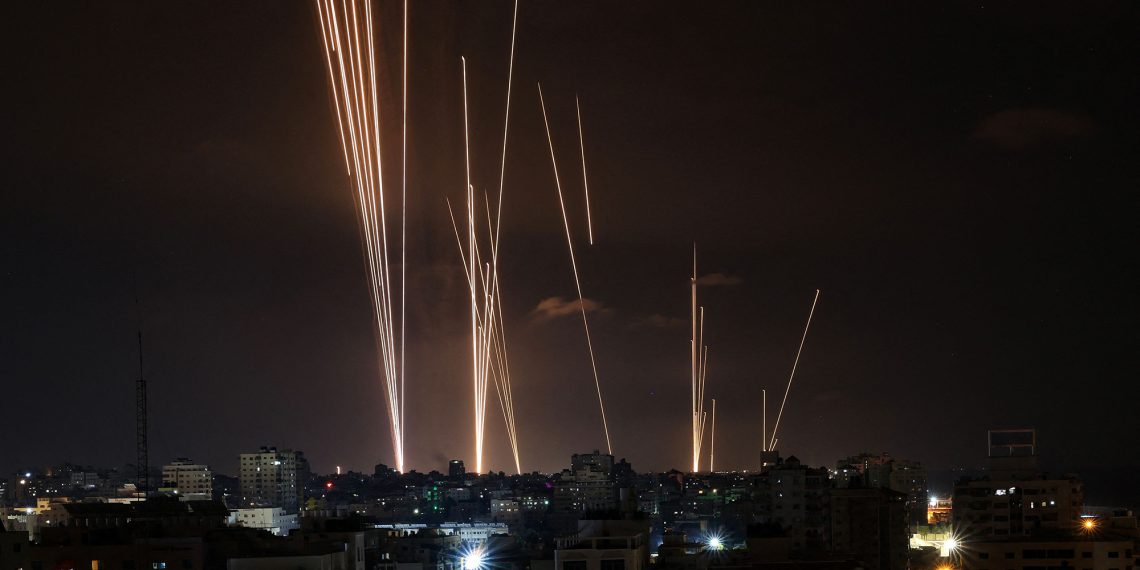Israel‘s recent strike on Iran was a carefully calculated move aimed at mitigating the risk of escalating tensions into a full-blown conflict.
Despite the significance of the action, it marked a departure from the long-standing taboo against direct attacks, which Iran itself breached days earlier.
Prime Minister Benjamin Netanyahu’s war cabinet greenlit plans for a strike inside Iranian territory in response to Iran’s missile and drone attacks.

As tensions mounted, the cabinet opted for a more restrained approach, ruling out the possibility of targeting strategic sites like Iran’s nuclear facilities, which could trigger a broader regional war.
The decision-making process involved facing a delicate balance between the need to respond to Iranian aggression and the desire to avoid exacerbating the situation.
Netanyahu faced pressure from various quarters, including international partners like the United States and regional allies in the Gulf, urging restraint to prevent further escalation.
The strike that materialized appeared to be calibrated to send a message to Iran without inflaming tensions further.
It targeted an Iranian Air Force base near Isfahan, avoiding the use of aircraft or ballistic missiles and causing minimal damage. While Iran claimed to have shot down three drones, Israel remained silent on the incident.
The strike’s limited scope reflected a concerted effort to prevent a cycle of retaliation that could spiral out of control.

It also underscored Israel’s commitment to defending itself while maintaining international support and avoiding a wider conflict.
The decision-making process and the eventual strike highlighted the complexities of managing geopolitical tensions in the Middle East.
Both Israel and Iran sought to signal their intentions and avoid further escalation, even as hardline factions within Israel expressed discontent with the measured response.





